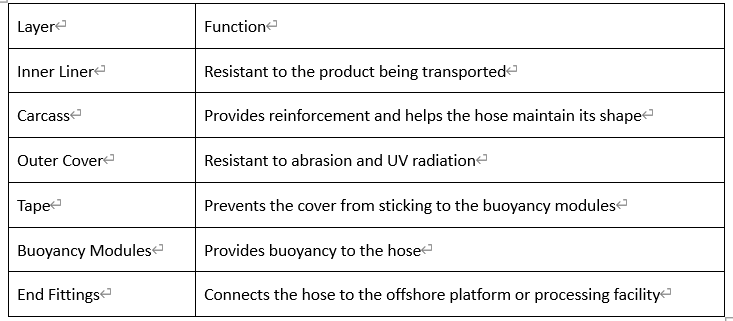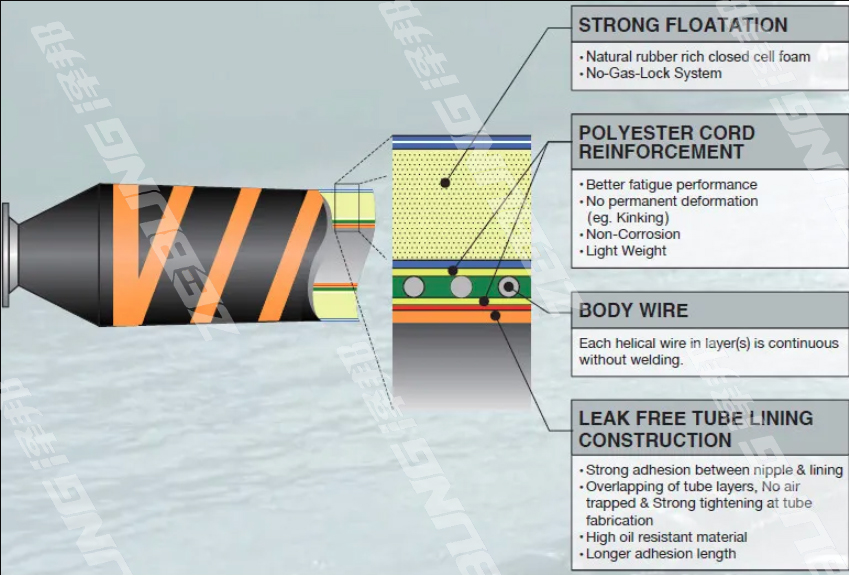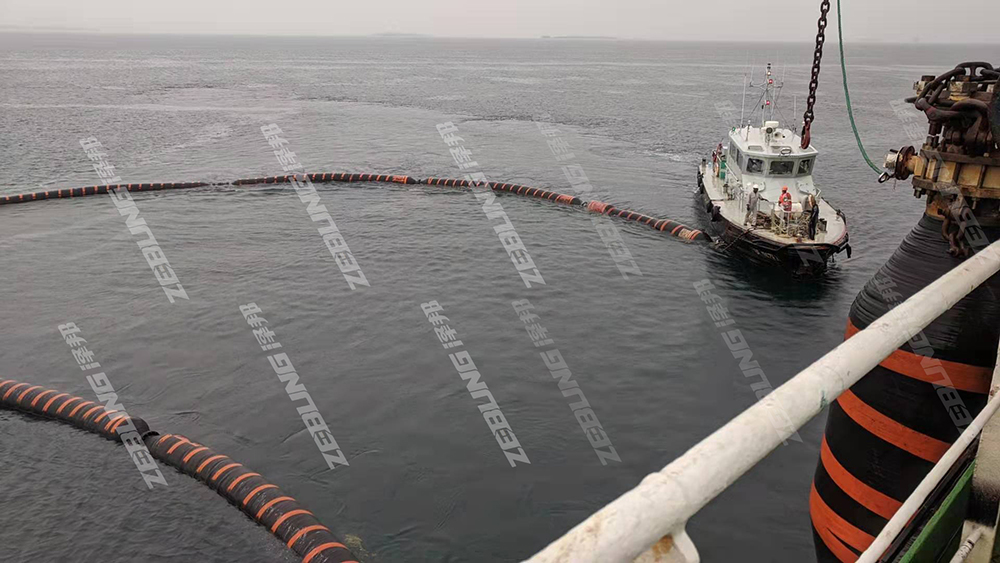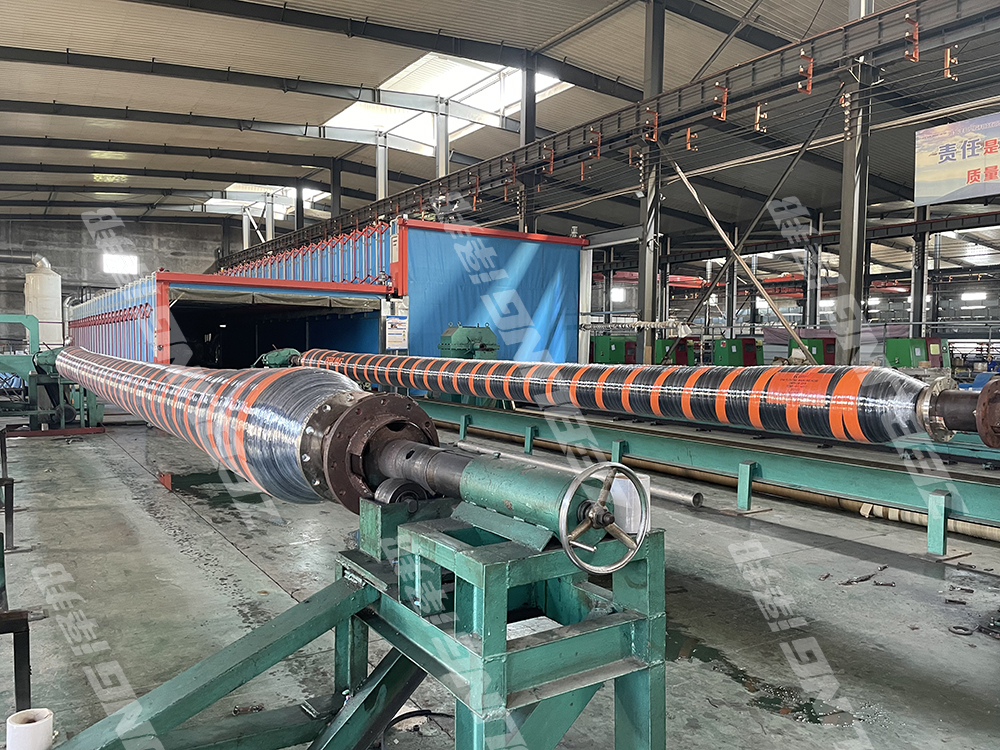A floating hose is a flexible pipeline that is designed to float on the surface of the water. It is typically used to transport crude oil and natural gas from offshore wells to processing facilities onshore. The structure of a floating hose is made up of several layers, each with a specific function. The following table provides an overview of the typical layers and their functions:
The inner liner is typically made from synthetic rubber or other materials that are resistant to the product being transported. The carcass layer is made up of layers of synthetic fabric or steel wires that provide reinforcement to the hose and help it maintain its shape. The outer cover is typically made from a material that is resistant to abrasion and UV radiation, such as polyurethane or polyethylene.
Tape is often used to wrap around the hose between the outer cover and the buoyancy modules. This tape prevents the cover from sticking to the buoyancy modules, which can reduce the hose’s buoyancy and affect its performance.
The buoyancy modules are typically made from closed-cell foam or other materials that provide buoyancy to the hose. The number and size of the buoyancy modules will depend on the weight of the hose and the depth at which it will be used.
End fittings are used to connect the hose to the offshore platform or processing facility. These fittings must be designed to be compatible with the hose material and to provide a secure and leak-free connection.
The structure of a floating hose is designed to withstand the harsh marine environment and to ensure the safe and efficient transport of offshore products.
It is much more complicated to manufacture the floating hose, this is the detailed formula of the raw materials for making a floating hose.
1. The inner lining is made of synthetic rubber, which is used as the inner fluid wall to prevent fluid from overflowing.
2. The reinforcing layer is made of nylon cord, polyester cord, steel cord, and other materials to improve the tensile strength of the hose.
3. The winding steel wire reinforcement layer is made of high-strength carbon steel wire to improve the integrity of the hose and ensure the hose’s negative pressure resistance.
4. The floating layer is made of a microporous foamed floating material that does not absorb water, bends, and does not break so that the hose has a floating performance.
5. The outer layer is made of synthetic rubber or polyurethane material that is resistant to aging, abrasion, oil, and seawater corrosion to protect the hose from damage.
The floating hose is covered by a layer of synthetic rubber material, and this outer cover is the floating media to makes the hose floatable on the water.
The floating hose cover reinforcement is made of a Polyester cord. Here are two layers of the reinforcement, both made of Polyester cord, and a layer of filling rubber inserted in the middle of the two layers of reinforcement. This way can add much more strength to the floating hose, making it much stronger and more durable, to get longer service life.
The inner tube of the floating hose is made of NBR material.
The material of the floating hose can’t absorb the water so it can’t sink into the sea or river.
Post time: Apr-27-2023





